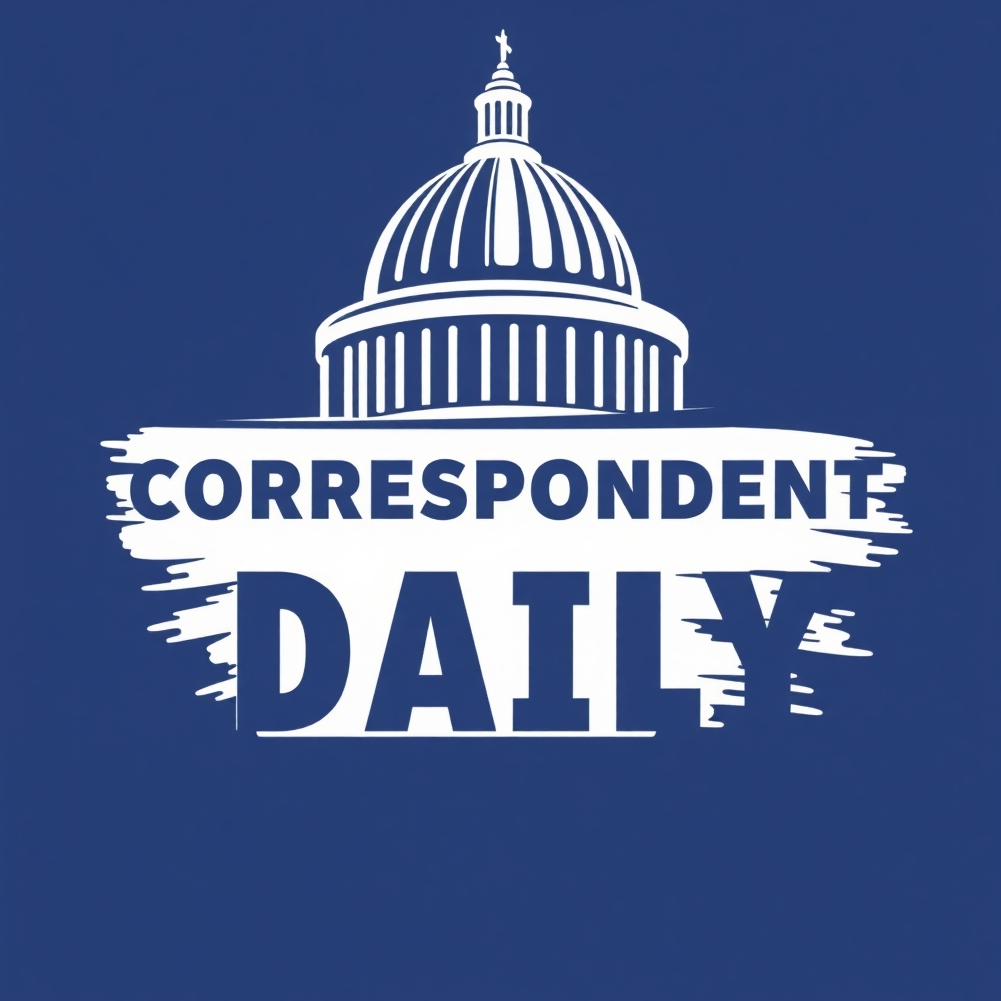
Trump’s New Flag-Burning Executive Order: A Historical Perspective
In recent days, President Trump ignited a firestorm of debate with his announcement of an executive order aimed at prosecuting those who burn the American flag. He lamented the Supreme Court's past rulings, labeling it a "very sad court" for upholding flag burning as a form of free speech under the First Amendment. This move not only demonstrates Trump's political bravado but also exposes the complex landscape of legal precedents surrounding this contentious issue.
A Walk Down Memory Lane
The history of flag burning as a form of protest traces back to iconic cases such as Texas v. Johnson (1989), where the Supreme Court ruled in favor of Gregory Lee Johnson, who burned the flag during a political protest against President Reagan. The ruling highlighted the bedrock principle that the government cannot prohibit expression simply because it is offensive. This pivotal moment set the stage for later rulings, including United States v. Eichman (1990), where federal efforts to enforce flag-burning laws were dismissed, reinforcing the notion that such acts fall under First Amendment protections.
Legal Ramifications of Trump’s Order
While Trump's executive order signals a strong message to his base, its legal efficacy remains questionable. The order instructs the Attorney General to pursue flag-burning prosecutions but is limited by the stipulation that these actions must be consistent with the First Amendment. This suggests a paradox: while pushing for action, the order must also acknowledge the very constitutional limits that prevent such prosecutions from being effective. The competing interests of political signal and legal reality are ever-present in this legislation.
Social Implications: Public Sentiment and Symbolism
The act of flag burning is layered with social and emotional significance across the American populace. For many, the flag is not just a piece of fabric; it represents freedom, unity, and national identity. However, for protesters, it often serves as a powerful symbol of dissent against government policies deemed oppressive. This duality prompts a vital conversation on the balance between respecting national symbols and allowing individual expression.
Future Predictions: Where Do We Go From Here?
As public discourse continues to evolve, we might anticipate a few scenarios. On one hand, this executive order may be met with considerable resistance, invoking civil rights debates and calls for upholding constitutional freedoms. On the other hand, it could galvanize supporters who view it as a necessary measure to protect national integrity. Future rulings from the Supreme Court must carefully navigate this complex terrain, as the judiciary stands at the crossroads of free expression and national pride.
Concluding Thoughts: The Importance of Understanding Context
The conversation surrounding Trump’s flag-burning executive order is more than a political stunt; it warrants deep analysis of the intersection between government authority, legal limitations, and public sentiment. For citizens, recognizing the implications of such orders not only impacts their understanding of free speech rights but also informs their participation in the democratic process. As debates rage on, it remains crucial to advocate for an informed discussion that respects both tradition and individual rights.
 Add Row
Add Row  Add
Add 




Write A Comment